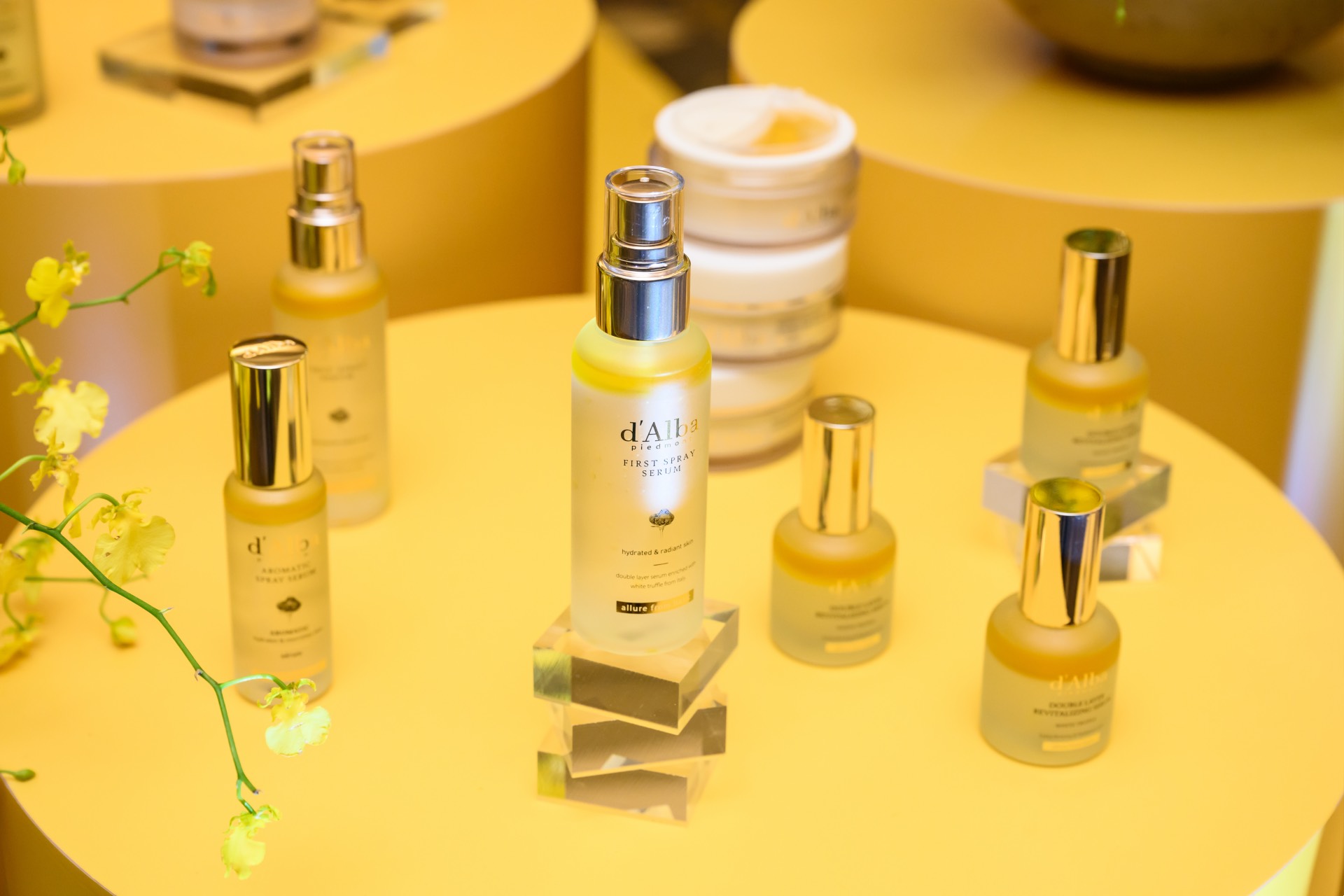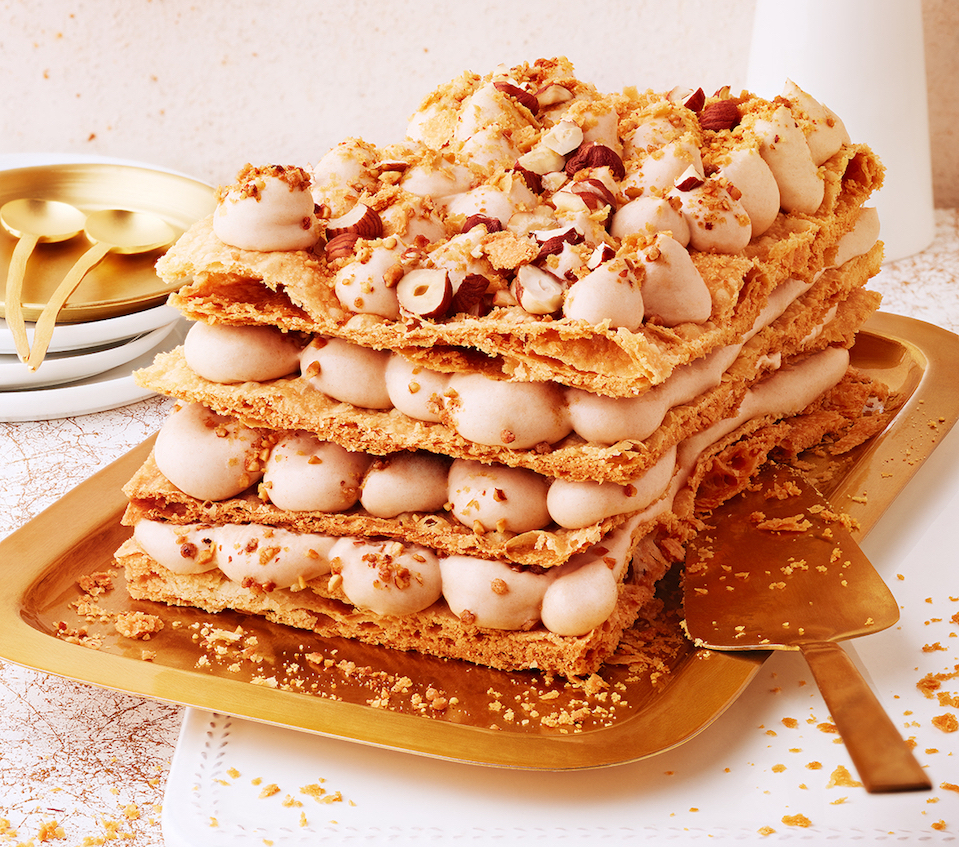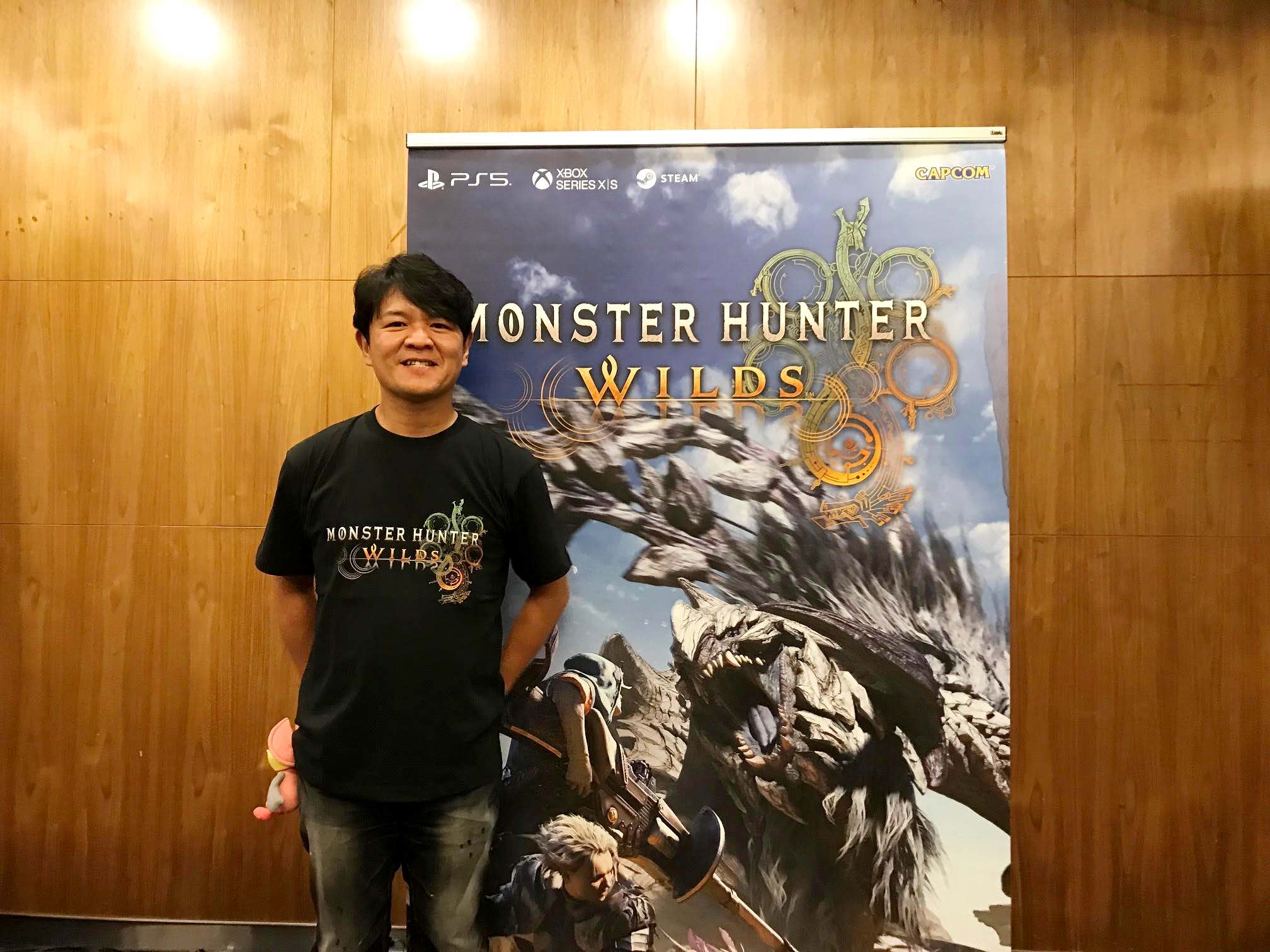#10minswith is a monthly series featuring leaders, creatives and entrepreneurs who dare to chart their own path in Singapore and across the region.
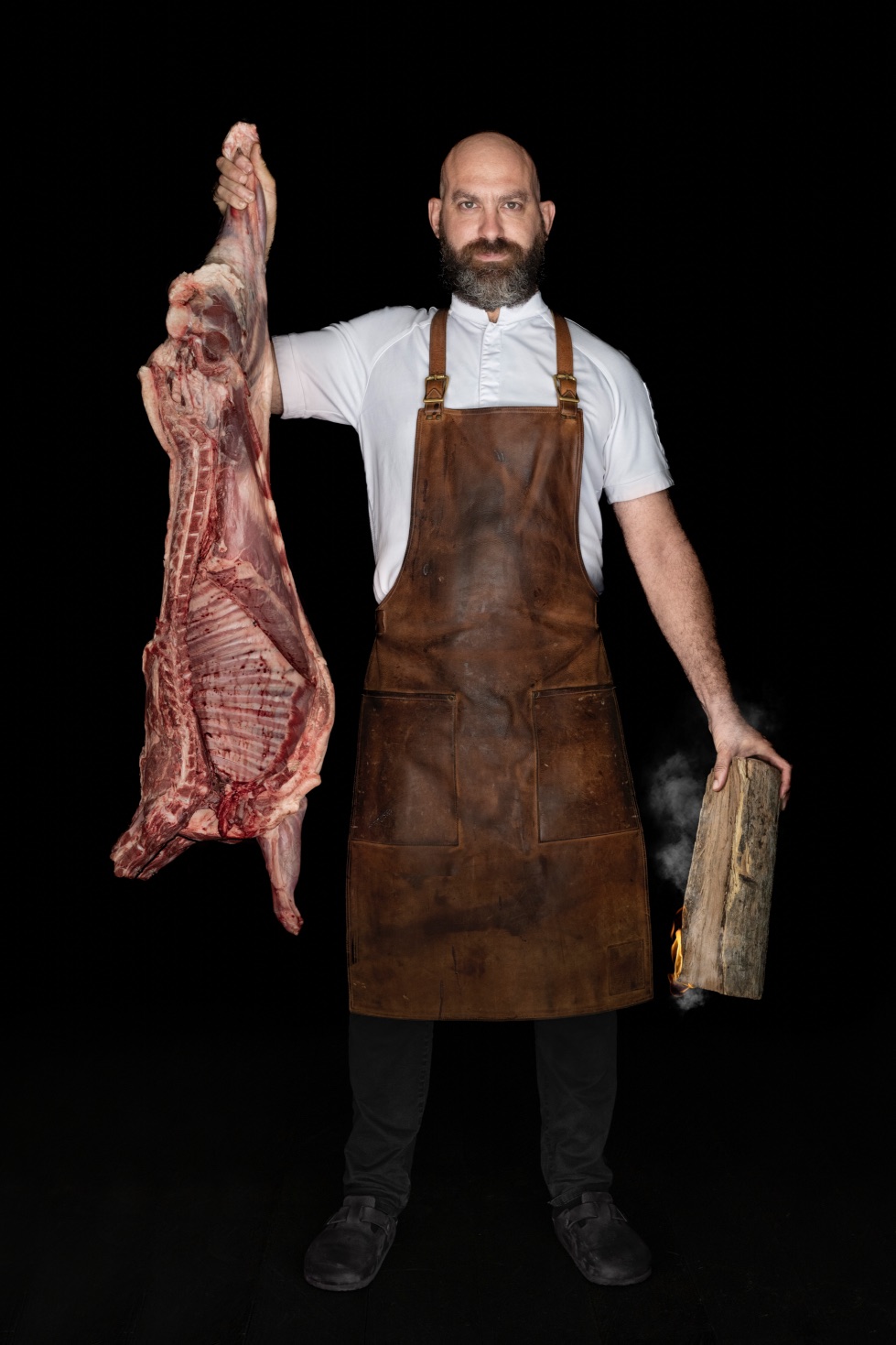
Dave Pynt has a penchant for giving the middle finger. Some might see it as a rude gesture but knowing Pynt’s personality, it’s more of a statement on his life and culinary philosophies. “Live how you want to live,” he says. It’s an ethos that has contributed to his success as one of the top authorities on wood-fire cooking.
Pynt is the Australian chef-owner of Burnt Ends Hospitality Group (comprising modern barbeque Michelin-starred Burnt Ends Bar & Grill, Burnt Ends Bakery and Meatsmith), and known for his bold and innovative take on Australian barbeque. The 40-year-old wields open flames and wood-fire grilling, making Burnt Ends one of the world’s most celebrated dining destinations since day one of its inception in Singapore in 2013. It is currently ranked No.15 in Asia’s 50 Best Restaurants and No.68 on the San Pellegrino World’s Best Restaurants lists.
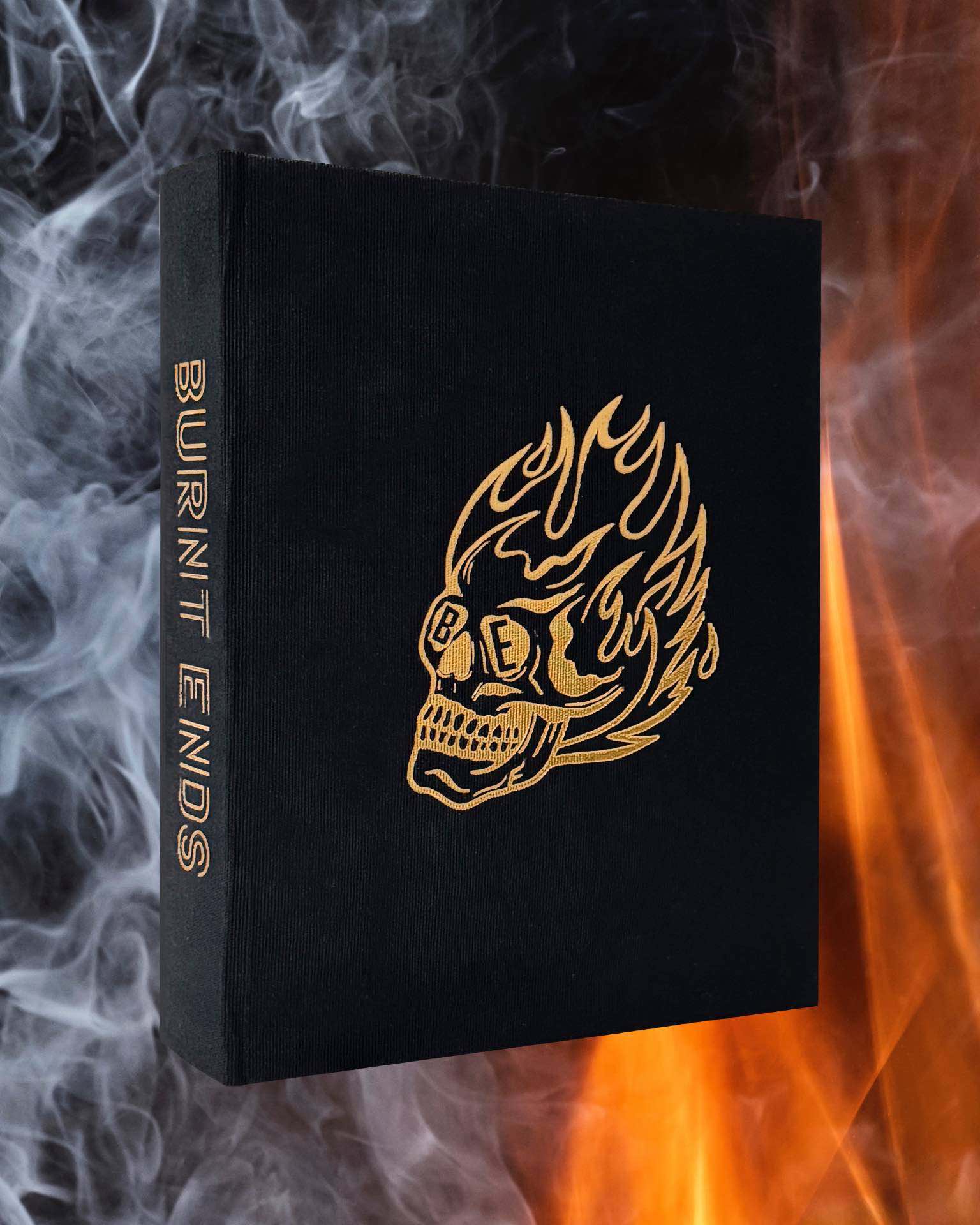
Now one can discover more about his journey in the highly anticipated book, Burnt Ends, that was two years in the making.
However, it is not a typical book about food and recipes. Through the hardcover tribute spanning 368 pages, 379 images, 70 recipes, 16 techniques and 10 of their most frequently asked questions at the restaurant, Pnyt gives readers a rare behind-the-scenes look at his distinctive approach to barbecue, and the art of cooking with fire, coals and smoke. It showcases his community of people, experiences and stories through which Burnt Ends has evolved into the global phenomenon that it is today.
Here, Pynt reveals the inspiration behind the book, the challenges of wood-fire cooking, and why he thinks personality and attitude are the most important things in a chef.
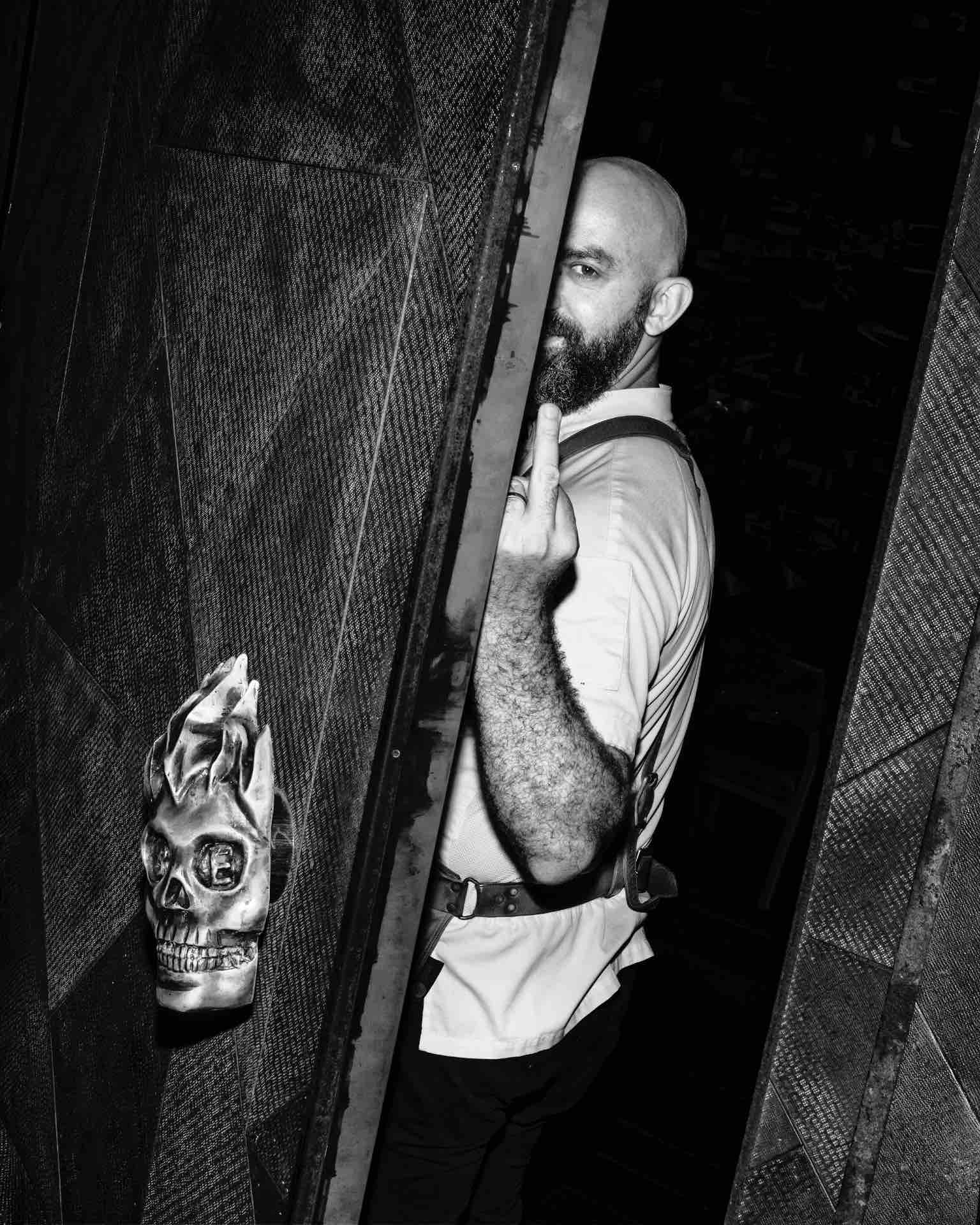
Why a book?
We hit the 10-year mark, and we were going into Harrods [to potentially have an outlet there] – the best, biggest, most prominent department store in the world. And we thought, if we don’t do a book now, going into one of the most prestigious department stores in the world, then when? Ten years give you enough time to develop, enough to talk about, and we had a place to showcase it. So that’s how the logic behind the book kicked off.
Unfortunately a year and a half, two years into it, we had to terminate our plans for Harrods because of challenges of installing our four-tonne wood burning ovens and grills in the historic Grade II listed building.
But we kept on going with the book. The book is co-written with Perth-based food and travel journalist Max Veenhuyzen, and features stunning photography by Per-Anders Jorgensen. Everything just came together, everyone was involved in it and we had a great team working on it. It was a lot of fun!
What got you interested in fire, char and barbecue?
Growing up, my dad (a lawyer, not a chef) would rip out the gas barbecues in the houses that we lived in, and would put in a wood fired barbecue instead. He’s always loved cooking on them and over wood. That’s what I grew up with. That’s when I thought how much fun casual home barbeque was, and that you could actually do it for a proper restaurant too.

Fire is so temperamental and hard to control. That’s a lot of pressure you put on yourself daily.
I think that’s part of the fun. For me, going into work and doing the same thing every day is boring. But even if you’re cooking the same things over wood everyday, there’s always going to be nuances. The fire’s going to be different; the wood’s going to be different; the coals come out differently; and depending on how cool the oven is, the cook will be different.
So ironically, you actually have to be incredibly switched on all the time, because the moment you switch off, you’ll miss something. You’ve just got to be a little bit more on top of your game when you cook with fire. It’s consistently different. For me, it’s this challenge that keeps it interesting.
No one else is doing it in Singapore because wood-fire cooking is very temperamental and can be very hard to do. We are the only ones that have the unique dual cavity, double-sided ovens, and a four-tonne brick kiln. We built the beautiful coals, and we’ve got the elevation grills, and now a smoker too, which means we can control everything pretty well. We’ve got the best setup, and we can produce something relatively consistently.
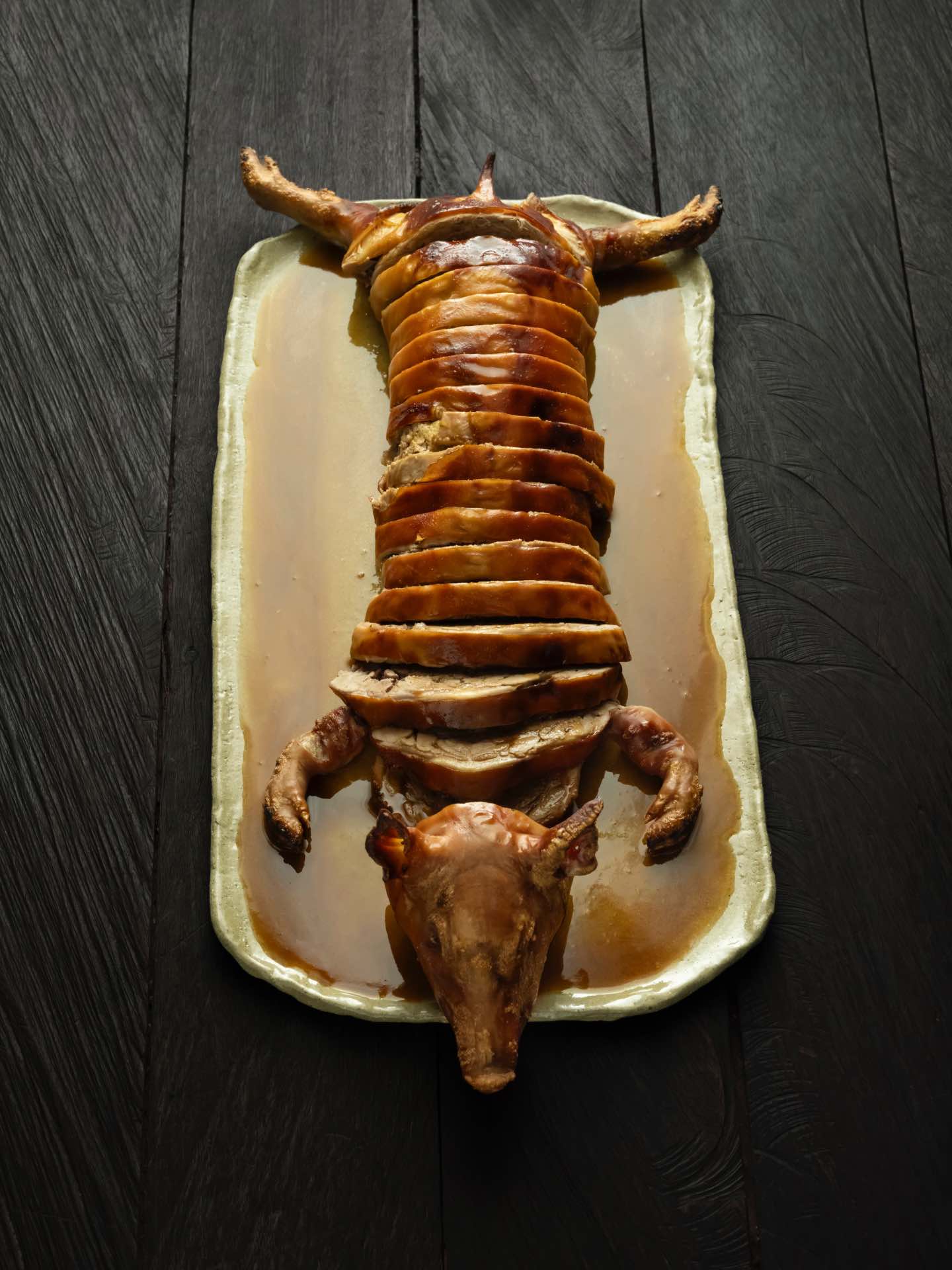
What do you want people to take away from your book?
Confidence to cook over wood. We’ve done so many events and collaborations all over the world, and the moment we say wood-fire cooking, a lot of super talented chefs always say, “Oh, I don’t know how to do that”. wood-fire cooking makes most people a little bit nervous, whereas we dive into the techniques, what it means, how to do them and what you should apply to the recipes. Education is key, right? As I say in the book, “Modern barbecue means anything goes – no tradition, no history, no borders. We cook whatever we want as long as it’s tasty.” With this book, we explain everything, the different techniques of live-fire cooking, what goes on behind the scenes. Maybe now people can take something away, be inspired, have a go and make something delicious.
How similar is your culinary philosophy to your life ethos?
I think they are very, very similar. Work hard, play hard, always, whether it’s at home or in the restaurant, doing the things that we want to do. Don’t get caught doing things that you don’t want to do, because it doesn’t do anyone any good.
In the restaurant, we are cooking things that we want to eat, served in the way we want to serve it, and listening to the music that we want. It should be simple, tasty, and fun. And it all comes through in the dining experience.
It’s the same in life. Live how you want to live. Say yes to the things we want to do, teach our kids to be responsible and not skimp out on the commitments they’ve made, and do the things they want to do. It’s simple.
If you’re doing something, make sure you enjoy it. If you’re not, don’t do it.
Did you cook out of passion or for the stars?
There were no stars in Singapore when we started back in 2013, and it was never our thing. We just operate a certain way, because that’s what we like doing. And so if a star came, it came.
What’s the most important quality a chef should have – attitude or talent?
One hundred percent attitude and personality – they are the most important things. If you have two hands, a heartbeat, and a great attitude, I’ll hire you. We can teach and train, but you have to have a good personality and attitude and work well with the team.
You’ve done the restaurant, the bakery, and now the book. What’s next?
I think exploring more about barbecue is always pretty interesting. There’s a lot to dive into in the barbecue world that we haven’t touched yet. You have to remember that every single culture started with wood-fire cooking. Some may have gone, some of them are still there. But what did that look like? And what are the things that we can look at and take from that to drive forward. Exploring more about the world of barbecue is pretty interesting to me.
The bookBurnt Ends will be officially launched in October. It is priced at $95+, while a highly exclusive special collector’s edition (limited to 300 copies only) for $395+. The latter weighs 6.6 kilograms, is ironbark smoked, signed by Dave Pynt, and personalised with the buyer’s name. Designed by Burnt Ends’ acclaimed Australian interior designer Emma Maxwell, the cover is housed in a custom-made box meticulously cast from metal using a high-temperature process and finished with a matte black metal surface adorned with individually handmade and polished 12 bronze skulls, embodying the essence of the restaurant and its iconic ovens. |
Both pre-orders and regular orders can be purchased directly here. Shipping for Burnt Ends starts Nov 1, 2024 for pre-order customers.
All photos by Per-Anders Jorgensen.



